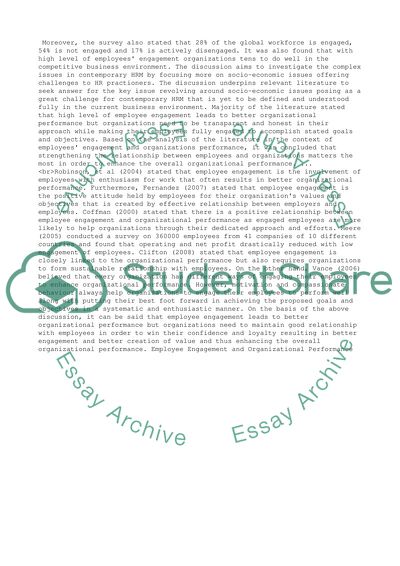Cite this document
(“The relationship between employee engagement and organisational Research Paper”, n.d.)
The relationship between employee engagement and organisational Research Paper. Retrieved from https://studentshare.org/management/1459626-the-relationship-between-employee-engagement-and
The relationship between employee engagement and organisational Research Paper. Retrieved from https://studentshare.org/management/1459626-the-relationship-between-employee-engagement-and
(The Relationship Between Employee Engagement and Organisational Research Paper)
The Relationship Between Employee Engagement and Organisational Research Paper. https://studentshare.org/management/1459626-the-relationship-between-employee-engagement-and.
The Relationship Between Employee Engagement and Organisational Research Paper. https://studentshare.org/management/1459626-the-relationship-between-employee-engagement-and.
“The Relationship Between Employee Engagement and Organisational Research Paper”, n.d. https://studentshare.org/management/1459626-the-relationship-between-employee-engagement-and.


